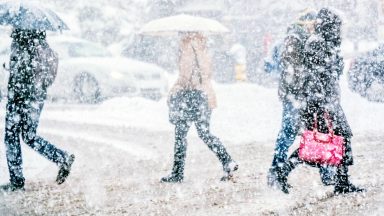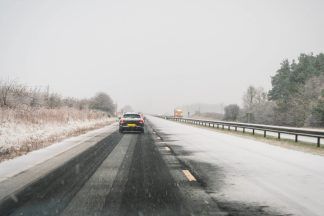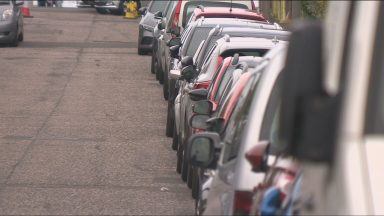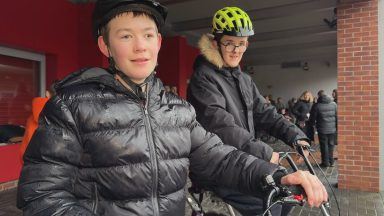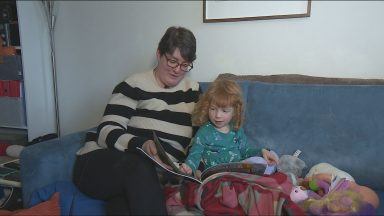Sunday evening will deliver a celestial treat for sky watchers, with the appearance of a total lunar eclipse.
Often referred to as a “blood moon,” the rare spectacle occurs when a full moon passes through the Earth’s shadow and creates a noticeable deep red colour.
But how and where can you catch a glimpse of the blood moon – and, most importantly, will the weather cooperate?
What is a full lunar eclipse, and how does it create a blood moon?
Dr Shyam Balaji, expert in astrophysics at King’s College London, told ITV News: “A total lunar eclipse occurs when Earth passes directly between the Sun and the Moon, and the Moon enters Earth’s shadow.
“Sunlight bending through Earth’s atmosphere filters out blue light and often gives the Moon a reddish or coppery hue.
“They typically occur every couple of years, somewhere in the world, though the exact number varies.
“This year is interesting because there are two – one in March and one in September.”
The last time observers in the UK experienced a total lunar eclipse was in 2022.
Will the weather cooperate?
The Met Office predicts fairly cloudy conditions across many parts of the UK.
Towards the east and northeast, clouds will likely be thin enough to allow sunshine earlier in the day and clearer skies by evening, with areas remaining largely dry until later in the day, creating better chances of witnessing the blood moon.
The best places to view the blood moon will be towards the southwest and Eastern parts of England, as clearer skies are forecast.

What time on Sunday will I be able to see the blood moon in the UK?
You will likely catch a glimpse of the full lunar eclipse from around 7:30 PM in the UK.
Dr Ed Bloomer, an astronomer at the Royal Observatory Greenwich, said the moon will rise over the UK just in time for people to see the tail end of the eclipse.
“The moon is pretty unmistakable in the sky, so the most important thing is to face the right direction,” Dr Bloomer said.
“It’ll be rising towards the east and head southwards over the course of the night.
“As it rises, the most important thing will be whatever is low on your horizon. A flat landscape, or an elevated position, makes for the best visibility – literally so there aren’t things like buildings, trees, or other things in the way.
“A lunar eclipse like this is a great opportunity for observing with kids, too. It isn’t too late for us in the UK, the target is nice and easy, and minute by minute you will notice changes (good for short attention spans).”
By 9:55 PM, the eclipse will likely be over.
How to make sure you don’t miss out
Make sure you’re in position early and are able to see the eastern horizon.
Dr Balaji recommends allowing your eyes to adjust for 10–15 minutes,
If you live in a city or an urbanised area, you will need to head uphill.
The eclipse will be viewable to the naked eye; however, binoculars or a telescope can be used to enhance your experience
Lunar eclipses are safe to view directly, as the Moon’s reflected light is not bright enough to cause damage to the eyes, unlike a solar eclipse.
Follow STV News on WhatsApp
Scan the QR code on your mobile device for all the latest news from around the country





